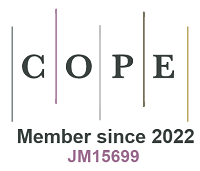fig2

Figure 2. (A) Schematic illustration of conventional powdery catalysts coated onto current collectors (which also serve as substrates), and self-supported electrodes with catalysts grown in-situ on current collectors (substrates). Reproduced with permission from ref.[20]. Copyright 2020, Wiley-VCH; (B) Self-supported electrode of NiMoN@NiFeN grown on NF via a hydrothermal strategy. Reproduced with permission from ref.[25]. Copyright 2019, Nature Publishing Group; (C) Self-supported electrode of SnS2 grown on SS made through immersion treatment followed by annealing. Reproduced with permission from ref.[27]. Copyright 2020, American Chemical Society; (D) Self-supported electrode of Cu2S nanorod grown on top of Cu mesh synthesized from immersion and ion-exchange strategy. Reproduced with permission from ref.[28]. Copyright 2019, American Chemical Society; (E) Self-supported electrode of Ru@Cu-TM nanorods grown on Ti mesh with Ru nanoparticles uniformly electrodeposited onto Cu nanoplatelets by applying a fixed current. Reproduced with permission from ref.[31]. Copyright 2023, Nature Publishing Group. CM: Cu mesh; SS: stainless steel mesh; TM: Ti mesh; NF: Ni foam.








